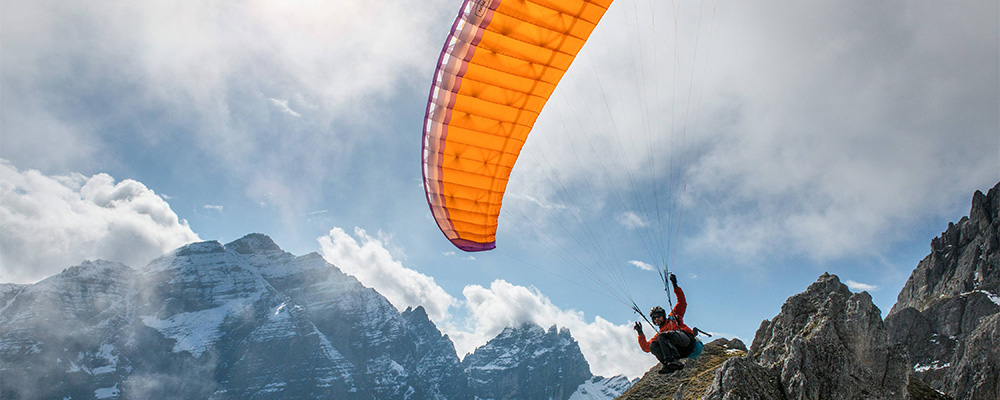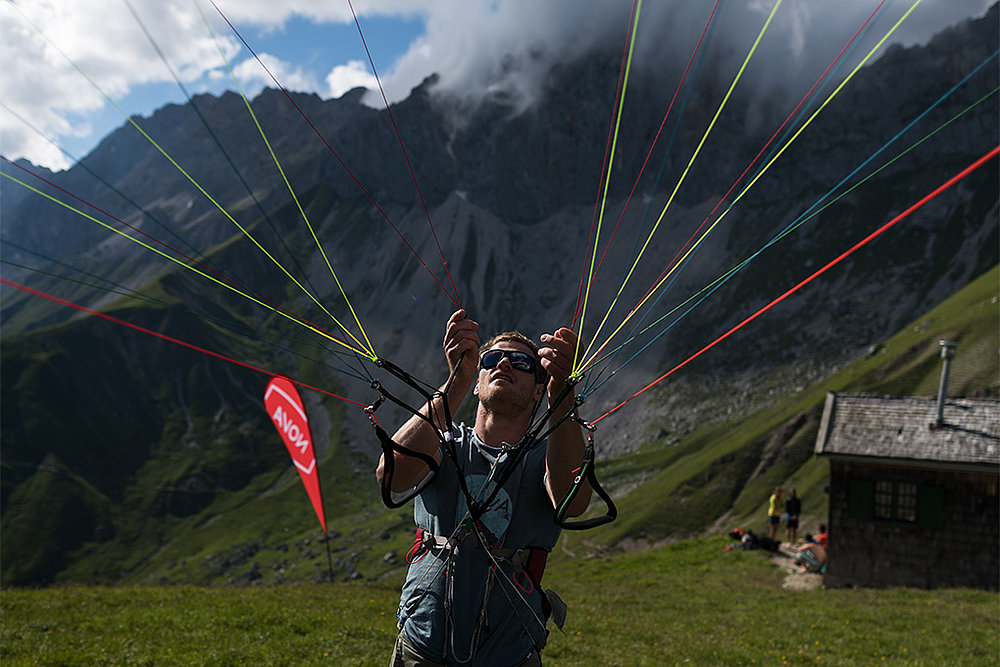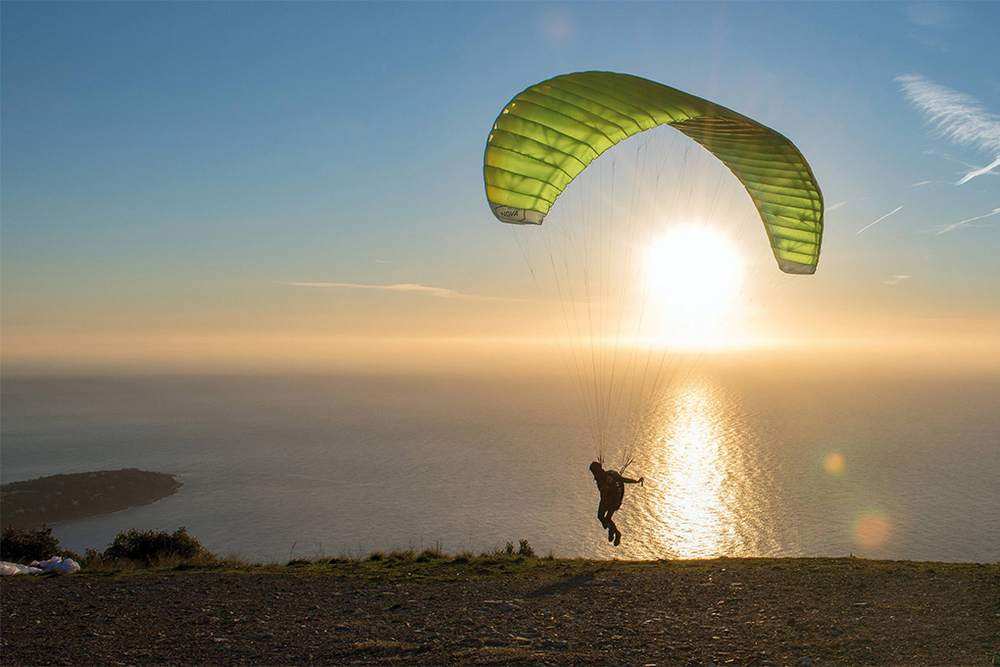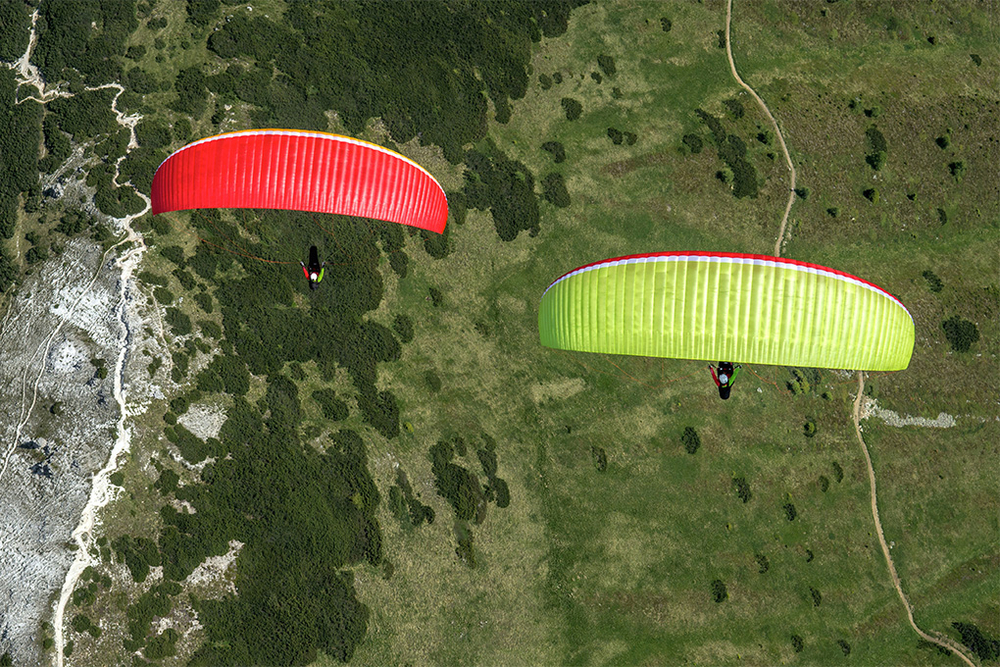
30 tips for successful cross-country flying
#15: Get to know your wing

The early afternoon when the thermals are at their strongest, it is important to use even quite rough thermals as effectively as possible. Climbing faster is often a better strategy than gliding faster. In the late afternoon or early evening, the thermals become wider and weaker and now it is critical to take every bit of lift, no matter how small, to gain the last metres of altitude and get the last XC kilometres out of the day This means: to get the maximum from your wing, you need to know it as well as you can in all conditions.

Think about the following:
- How tight does it turn at how much brake line input and how strong is the sink?
- How does it react to weight-shift without or in combination with how much brake line input?
- What effect does the outer brake have when turning (also in relation to the inner brake)?
- How do you achieve a 360° turn with minimal sink?
- Have you ever tried weight-shifting to the outside of the turn?

- Have you tried turning with asymmetrical use of the speed-bar? (doesn’t work with all speed-bars)
- How does the glider react to steering inputs with the rear risers (Speed Brake Riser)?
- How do you achieve best glide (with most modern gliders it is slightly accelerated) and least sink?
- Try out min/sink and max/glide when flying straight.
When trying all this out, use still morning or evening flights, or make the most of your time in autumn and winter. Just keep trying out things with your glider.